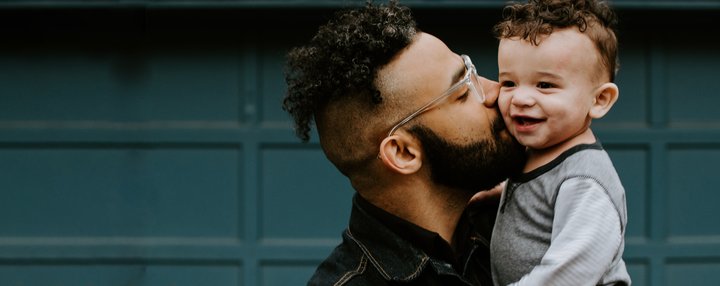Literacy gives you the power to shape your future.
If you grow up without the tools that you need to communicate effectively, it is much harder to get where you want to go in life.
As well as being the foundation of personal success, literacy is also a national imperative.
It drives economic growth and helps to promote social cohesion by reducing inequality.
That is why we are working tirelessly to keep literacy on the political agenda.
Our priorities
-
We are the secretariat of the All-Party Parliamentary Group on Literacy.
The APPG on Literacy is committed to building cross-party political support for literacy related issues. Find out more
-
We make evidence-based policy recommendations to drive change.
Read our latest report: Building Firm Foundations: A Report on Early Language and Communication Policy.
-
We build political support for the Libraries for Primaries campaign.
Founded in November 2021 by the National Literacy Trust and Penguin Books, the Libraries for Primaries campaign is a group of organisations who work to address the chronic lack of investment in UK primary school libraries. Read more
-
We help business leaders engage with policy via the Vision for Literacy Business Pledge.
The award-winning Vision for Literacy Business Pledge provides a framework for business action to help close the literacy gap between disadvantaged young people and their affluent peers.
Curriculum and Assessment Review in England
Find out more about our response to the 2025 Curriculum and Assessment Review in England and why it has important implications for literacy in education.

Our campaigns
We campaign to raise awareness of the importance of literacy and make it a priority for politicians and business leaders. Our current campaigning priorities are:
Early Words Matter
A child's earliest years are crucial to their development and life chances. Our new Early Words Matter campaign will ensure every child is empowered with the words they need to write their own story.

Libraries for Primaries
Our mission is to ensure that every primary school in the UK has a library or dedicated library space. We campaign for change and run programmes that create a strong reading for pleasure culture in primary schools.

